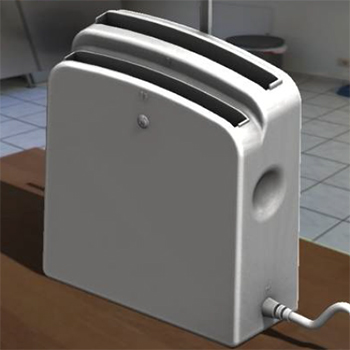CAD is an important innovation of this era that has enabled designers and engineers to visualize their ideas in 3-dimensions and communicate the same across various platforms. It is a well-accepted tool that is being used at various stages in the process of new product design and development. Many researchers (Stappers and Hennessey 1999, Tovey and Owen 2000, Robertson et al. 2007, Ibrahim et al. 2010, Won 2001) have argued the suitability of CAD when the ideas are crystallized and not for idea generation stage. CAD is well accepted as the drafting, visualization, and detailing tool but not as an exploration tool. However, it is an important tool and one of the many skills needed for a holistic design education without overriding the design process and curbing student’s design conception process. The literature illustrates gradual inclination towards the inclusion of CAD in the early stages of design with new input devices, better systems, and advanced software systems. The research focuses on investigating the impacts of using CAD on creative exploration during the idea generation stage of product design. It does not compare CAD with other tools but tries to understand its role when used in conjunction with conventional tools. As the role of CAD is well established in the later stages of design, the study focuses on the early idea generation stage in the context of product design (Cross 2005, Paul and Alex 2011). It was identified as a gap through the literature review. The research methodology is based on qualitative research. For the exploratory phase of the research, two pilot studies were conducted. For the first pilot, a time[1]bound design task was given to the students of product design. The next pilot study was conducted with the professionals where they were given a design task to be performed in limited time. The data used for the analysis was the visual data recorded during the design exercise and verbal data from the interviews. Based on the findings from both the pilot studies, an interview guide was formulated. The audio-recorded interviews were transcribed and coded using MaxQDA software. MaxQDA helped organize, cluster, and retrieve coded data,which was further used for interpretation and re-interpretation to draw the inferences and articulate findings. The findings inform readers about how 3D solid modeling CAD tool positions itself in the idea generation phase of product design. Research sheds light on the advantages CAD offers as a tool and the limitations that it can impose. Findings make designers aware of the limitations so that they can make informed decisions while designing. It helps establish a research methodology that can be adapted to study parallel contexts like fashion, craft, interior, and accessory design. Research informs pedagogy and can be used to develop the teaching strategies to make students more aware and not let tools drive their design decisions. Further, software developers can adopt the study to develop CAD programs more aligned with the needs of the designers.

